Growing arugula from seeds and caring for it in the open field
Arugula is a cruciferous plant. Its leaves can be used for food 25-30 days after planting, and if the seeds are sown several times per season, then the harvest can be harvested all summer.
Most often, arugula leaves are added to a salad or served as a separate herb. In addition, they are used to make omelets, pasta, pizza and other dishes to give an unusual piquant taste.
Arugula is an unpretentious plant, but you can get delicate greens without bitterness only if you follow the cultivation technology.
Choosing a place for growing
In order for the arugula foliage to be tender, with a pronounced taste and not bitter, the choice of a place for planting must be approached responsibly. It is necessary that the area set aside for growing greenery be illuminated by the sun in the morning and evening hours. In the midday heat, diffused light should fall on the plants, even a slight shadow is allowed. From the hot rays of the sun, the leaves burn out, coarse and release a flower arrow ahead of time.
The land should be fertile, loose and permeable. A neutral or slightly acidic soil is best suited. Planting in acidic soil is undesirable - plant growth slows down, and the taste of the leaves becomes worse. Lime or dolomite flour is added to such soil.
Unwanted predecessors in the garden are any cruciferous plants. They take the same nutrients from the soil, suffer from the same diseases, they are attacked by the same pests, the larvae of which live in the soil for a long time. Arugula should not be grown in one place for two consecutive years. The earth must rest for at least three years.
It is advisable to prepare the bed in the fall - dig up the plot, remove the roots of weeds and add well-rotted manure or compost.
Important!
An excess of fertilizer when growing arugula is unacceptable. Its leaves tend to accumulate chemicals, and eating such greens will not be beneficial.
Timing and scheme of sowing seeds
Arugula is a cold-resistant plant. The first sowing of seeds in open ground is carried out when the air temperature is set at + 7-12 ° C. This period usually falls in mid-April. Seeds sprout quickly, after 5-8 days. Depending on the variety, the harvest is to be harvested 3-4 weeks after the shoots appear.
To keep the harvest uninterrupted, sowing is carried out in stages throughout the summer with an interval of two weeks. The last landing takes place in mid-August. If the summer is hot and dry, then in these months you should not plant arugula - the seedlings will quickly shoot an arrow, which will affect the taste of the greenery.
In cold regions, seeds are sown in late April or early May. Crops should be covered with plastic wrap or agrofibre. After the first sprouts appear, the film is removed for a day so that the delicate leaves do not burn out. Non-woven agrofibre can be left on - condensation does not collect under it, and air circulates well through micro-holes.
Arugula can be planted in containers and grown on a windowsill all year round. An important condition for this is good lighting, shading from the bright sun, ventilation and maintaining humidity.
Cultivation is carried out on a previously prepared bed. It is desirable that its width is 70 cm. Three grooves are made on it - at a distance of 10 cm from the edge and 25 cm from each other. The depth of the furrow is 1-1.5 cm. Its bottom is compacted, spilled with water and seeds are sown at a distance of 3 cm from each other. Cover with earth and watered with a watering can with a fine strainer.
5 days after the shoots appear, they are thinned out.The distance between plants in one row must be at least 10 cm.
When grown in a container, sow in one line, and a distance of 5 cm can be left between the plants.
Care rules
Arugula care is not difficult, but it should be carried out constantly. The main part of grooming is watering.
Insufficient watering affects the quality and taste of greens:
- leaves coarse, lose taste, acquire bitterness;
- flowering begins ahead of schedule;
- the growth of greenery stops.
Usually watered every other day, but in hot weather the moisture evaporates quickly, the frequency of watering is increased to one or two times a day. Arugula responds well to irrigation by sprinkling, but with this method, the greens are sprayed with earth. To avoid this, the soil between the rows is mulched.
It is convenient to grow arugula in small beds with borders. Watering in this case is carried out by filling the beds with water - it does not spread, it is well absorbed into the ground.
Between watering, the soil must be loosened and all weeds removed - they are even pulled out from the aisles, because they inhibit the growth of arugula, which can cause it to die. Mulching eliminates the need for weeding and loosening, which makes gardening less time consuming.
Fertilizers are not applied during the growing season. One filling with organic matter is enough when preparing the beds. Additional dressing will only harm, excess chemical compounds will accumulate in the greenery.
Diseases and pests
Arugula is resistant to disease, but is sometimes exposed to fusarium and peronosporosis. Treatment of diseases is ineffective, therefore, the affected plants are destroyed, and the bed is disinfected with a solution of potassium permanganate or a pesticide. Quarantine is carried out at this place and for several years no plants are planted that are susceptible to the same diseases.
Frequent pests are cruciferous fleas and cabbage moth. Cruciferous fleas usually attack plantings in dry, hot weather with insufficient watering. They gnaw holes in the foliage, making it unsuitable for harvesting. The best way to avoid pest attacks is to grow arugula under a thin cover. For this, arcs of any material are installed over the bed and a thin white agrofibre is thrown over them. The shelter is opened only for watering and cutting foliage.
Fighting cabbage moth spend the same way - grow greens under cover. You can reduce the likelihood of butterflies by regularly mowing the grass near the beds. It is undesirable to use insecticides.
Harvesting
The greens are harvested until the plant produces a peduncle. First of all, the largest lower leaves are cut off, and the rest are allowed to grow. The peduncle can be removed as soon as it appears - this will extend the period of foliage growth.
If you need a lot of greenery at once, then the outlet is not touched until the arrow appears. In this case, the leaves will be larger, with a pronounced piquant taste, but the structure of the greens will become coarser. At the beginning of the growth of the peduncle, the entire plant is uprooted. It is important not to miss this moment.
Outcome
So that the arugula greens do not lose their unique taste, it is important to follow three growing rules:
- choose a place with light shading;
- keep the soil moist;
- do not be late with the harvest date.
The harvested crop can be stored in the refrigerator, wrapped in plastic wrap, for up to two weeks.

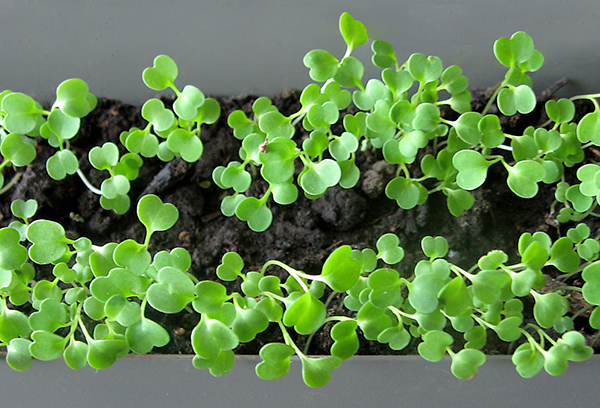
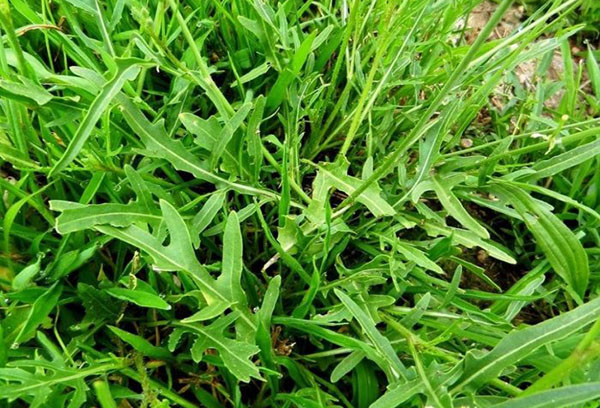
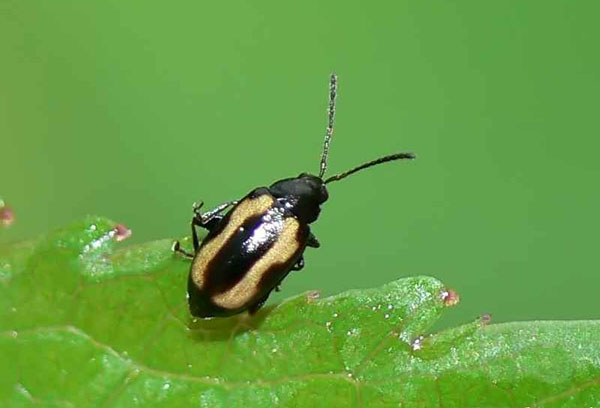
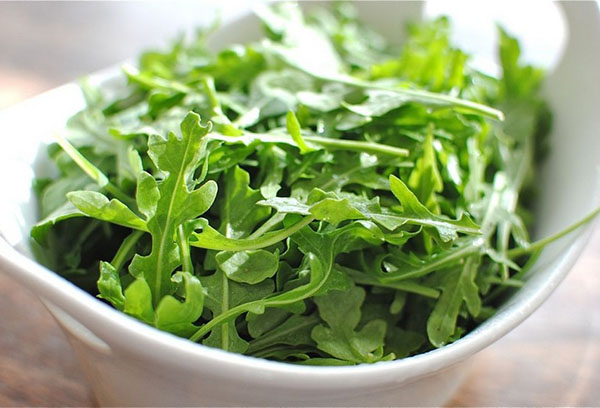
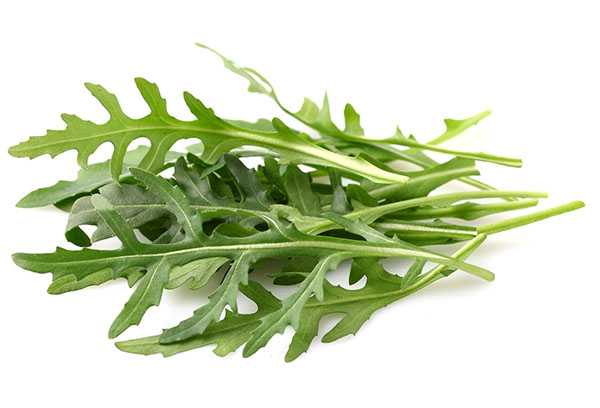
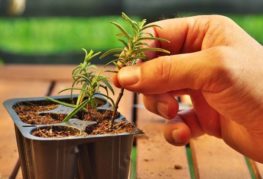
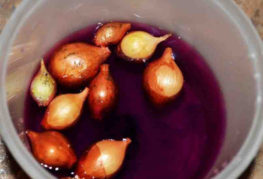



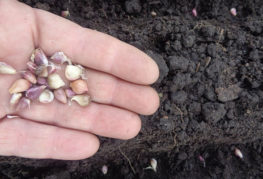
and will be published shortly.